U.S. and Chinese officials said Monday they had reached a deal to roll back most of their recent tariffs and call a 90-day truce in their trade war for more talks on resolving their trade disputes.
Stock markets rose sharply as the globe’s two major economic powers took a step back from a clash that has unsettled the global economy.
U.S. Trade Representative Jamieson Greer said the U.S. agreed to drop its 145 per cent tariff rate on Chinese goods by 115 percentage points to 30 per cent, while China agreed to lower its rate on U.S. goods by the same amount to 10 per cent.
Greer and Treasury Secretary Scott Bessent announced the tariff reductions at a news conference in Geneva. Bessent said at the news briefing after two days of talks that the high tariff levels would have amounted to a complete blockage of each side’s goods, an outcome neither side wants.
“The consensus from both delegations this weekend is neither side wants a decoupling,” Bessent said.
China’s Commerce Ministry said the two sides agreed to cancel 91 per cent in tariffs on each other’s goods and suspend another 24 per cent in tariffs for 90 days, bringing the total reduction to 115 percentage points.
The Ministry called the agreement an important step for the resolution of the two countries’ differences and said it lays the foundation for further co-operation. It said it hopes the U.S. will stop “the erroneous practice of unilateral tariff hikes.”
Front Burner23:28Where does Trump’s trade war go next?
Top economic officials from the U.S. and China met in Geneva, Switzerland over the weekend. This was the first time that they’ve had face-to-face since the start of their enormous trade war.
The U.S. has currently placed 145 per cent tariffs on China. China has responded with 125 per cent. These levies have essentially stopped business between the world’s two largest economies.
Daniel Desrochers is Politico’s international trade reporter. He’s here for a catch-up on the latest developments of the global trade war.
For transcripts of Front Burner, please visit: https://www.cbc.ca/radio/frontburner/transcripts
Markets react positively
There was no mention from either side of the de minimis exception. U.S. President Donald Trump signed an executive order on April 2 to end the exemption — a rule that allows small packages worth less than $800 US to enter the U.S. tax free — for packages from China and Hong Kong. Companies like Shein and Temu, both of which were founded in China, have used the rule to their advantage, shipping orders to the U.S. as individual packages rather than grouping them in larger shipping crates.
But as trade envoys from the world’s two biggest economies blinked, finding ways to pull back from potentially massive disruptions to world trade and their own markets, investors rejoiced.
Futures for the S&P 500 jumped 2.6 per cent and for the Dow Jones Industrial Average was up two per cent. Oil prices surged more than $1.60 US a barrel and the U.S. dollar gained against the euro and the Japanese yen.
The Sunday Magazine24:45How China made Apple, and Apple made China
If you’ve ever owned an iPhone, iPad or Mac, you may have noticed these words printed on the back: “Designed by Apple in California. Assembled in China.” But there’s a bigger story behind that simple tagline. Financial Times journalist Patrick McGee tells Piya Chattopadhyay that few understand just how key China and Apple have been to each other’s rise. His new book Apple in China explores a relationship that’s central to the world as we know it, one which is facing new challenges from tariffs to tensions with Taiwan.
Jens Eskelund, president of the European Union Chamber of Commerce in China, welcomed the news but expressed caution. The tariffs only were suspended for 90 days and there is great uncertainty over what lies ahead, he said in a statement.
“Businesses need predictability to maintain normal operations and make investment decisions. The chamber therefore hopes to see both sides continue to engage in dialogue to resolve differences, and avoid taking measures that will disrupt global trade and result in collateral damage for those caught in the crossfire,” Eskelund said.
Trump last month raised U.S. tariffs on China to a combined 145 per cent and China retaliated by hitting American imports with a 125 per cent levy. Tariffs that high essentially amount to the two countries boycotting each other’s products, disrupting trade that last year topped $660 billion.
The Trump administration has imposed tariffs on countries worldwide, but its fight with China has been the most intense. Trump’s import taxes on goods from China include a 20 per cent charge meant to pressure Beijing into doing more to stop the flow of the synthetic opioid fentanyl into the United States. The remaining 125 per cent involve a dispute dating back to Trump’s first term and comes atop tariffs he levied on China then, which means the total tariffs on some Chinese goods can exceed 145 per cent.
u-s-and-china-agree-to-slash-most-tariffs-for-90-days

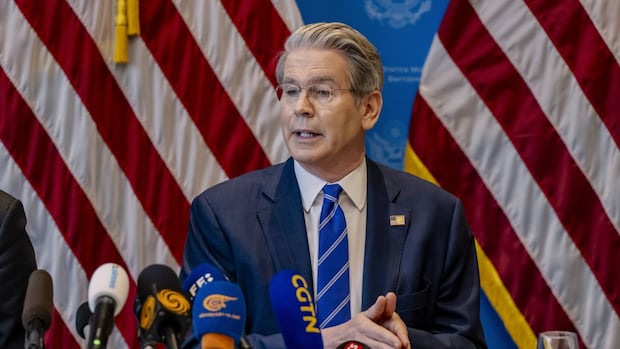

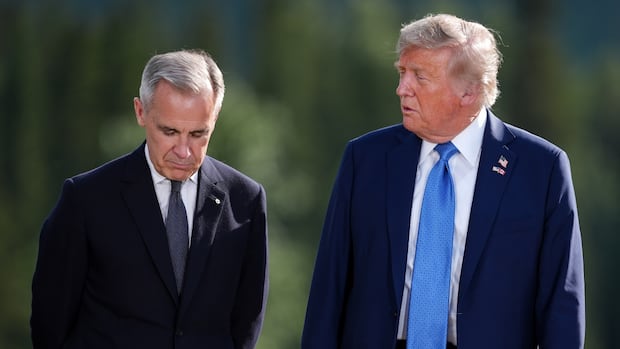

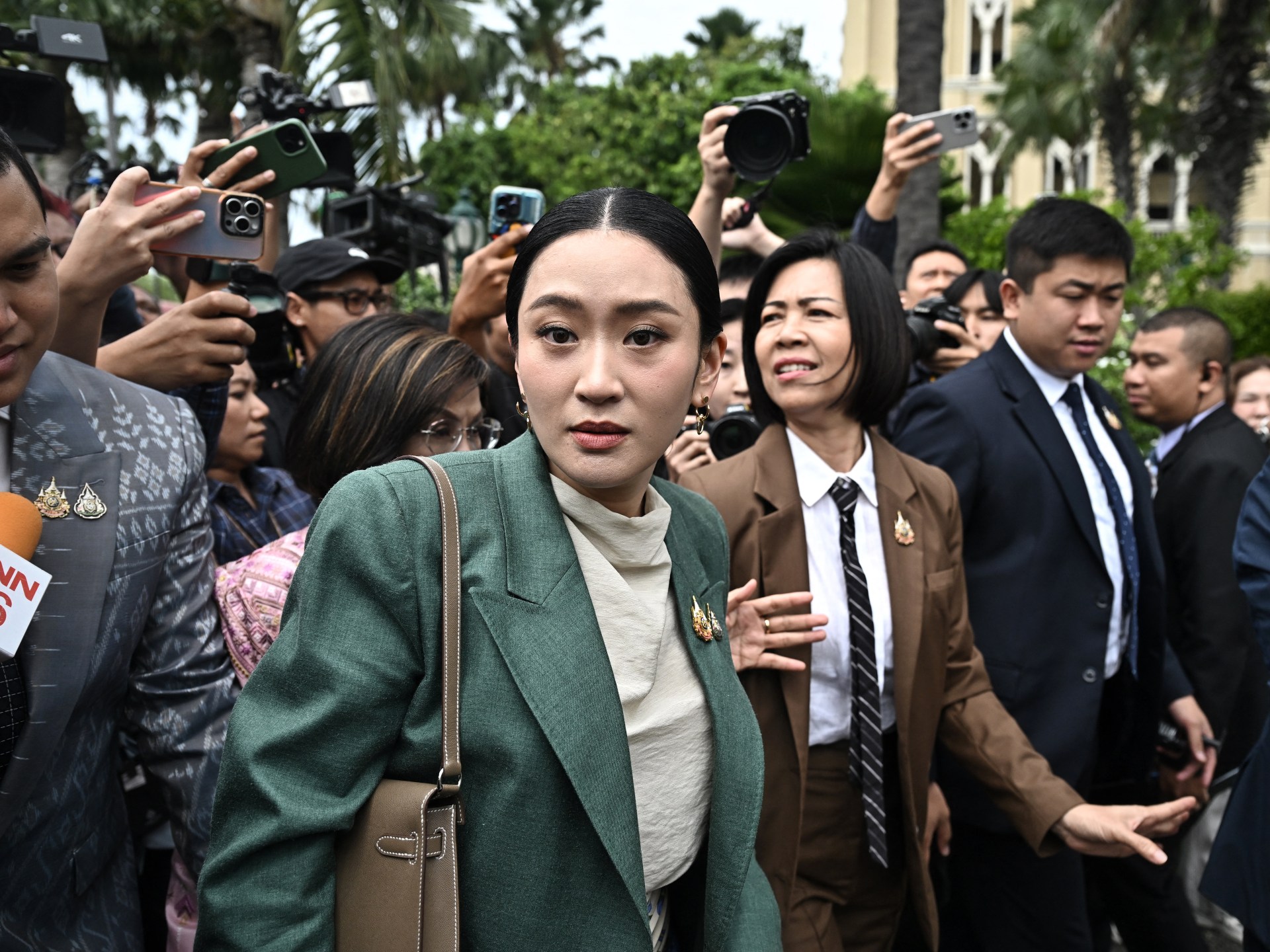
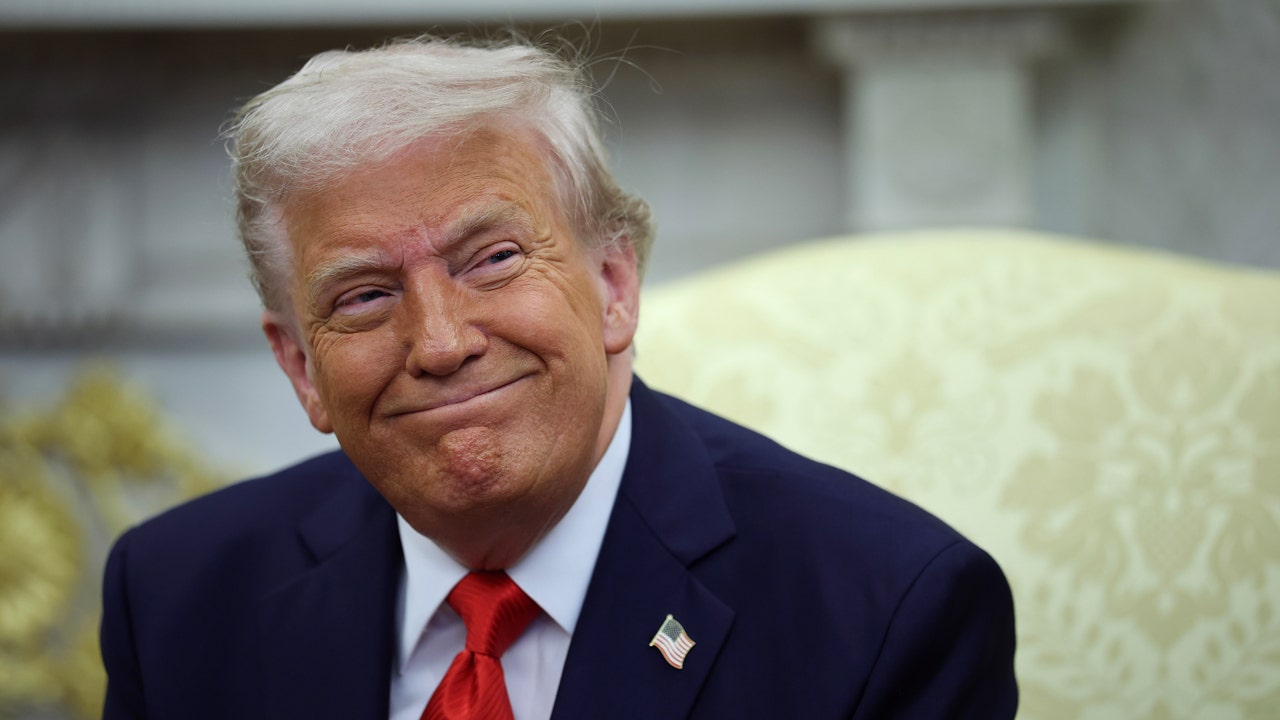



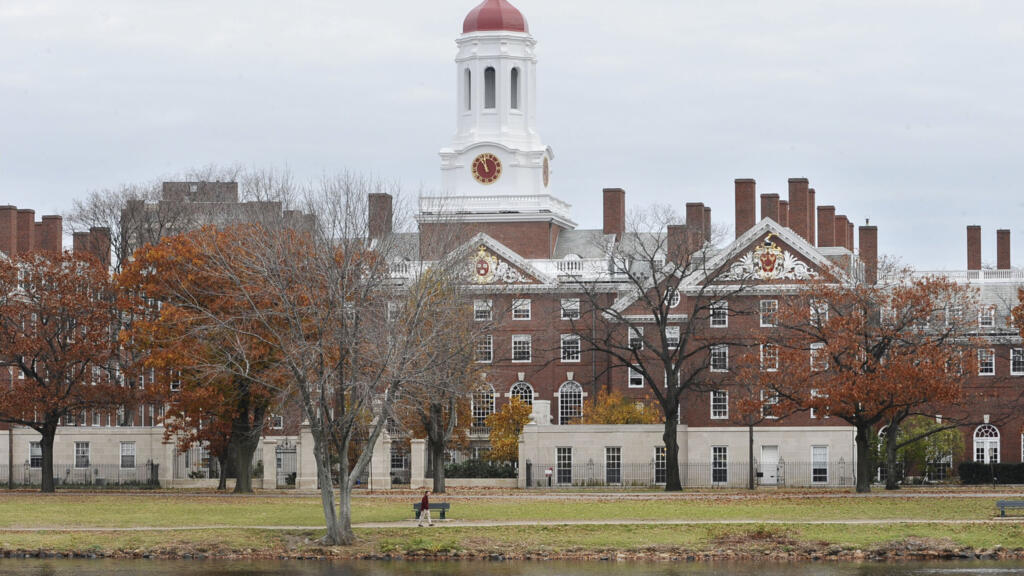
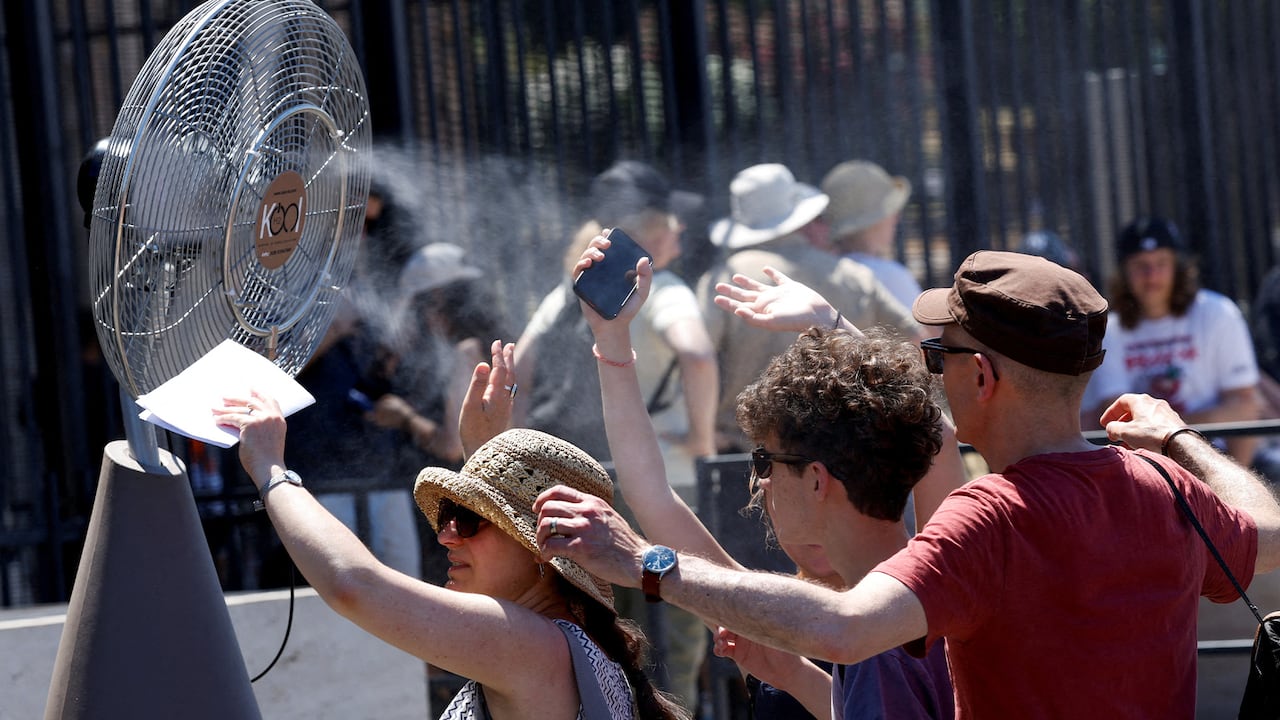



Leave a Reply